KEEP UP WITH OUR DAILY AND WEEKLY NEWSLETTERS
PRODUCT LIBRARY
watch our livestream talk with BMW Design at 19:15 CEST on monday 15 april, featuring alice rawsthorn and holger hampf in conversation.
connections: +300
the solo show features five collections, each inspired by a natural and often overlooked occurence, like pond dipping and cloud formations.
discover our guide to milan design week 2024, the week in the calendar where the design world converges on the italian city.
connections: 31
'despite dealing with health-related setbacks, gaetano remained positive, playful and ever curious,' pesce's team said in a post confirming his death.
connections: +130
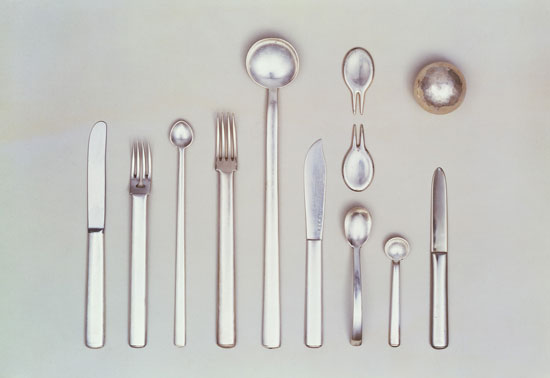
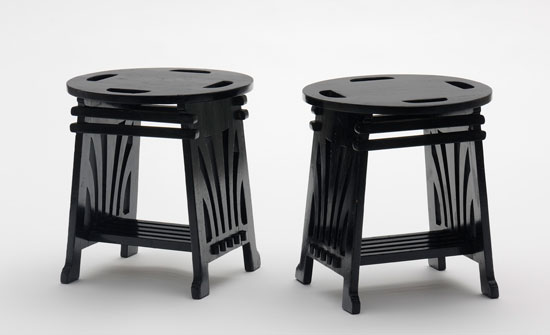 stool from the studio of koloman moser in vienna, 1898 © MAK/georg mayer
stool from the studio of koloman moser in vienna, 1898 © MAK/georg mayer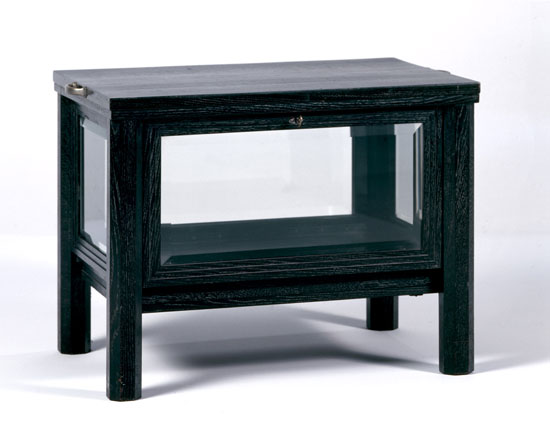 bar table, part of the furnishings for an apartment, um 1910 © MAK
bar table, part of the furnishings for an apartment, um 1910 © MAK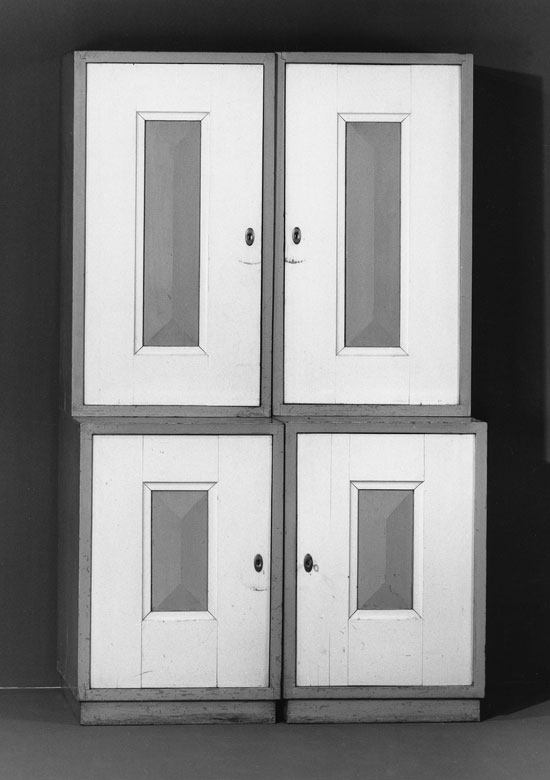 combined cabinets from the furnishings for dr. hermann wittgenstein in vienna, 1906 © MAK/georg mayer
combined cabinets from the furnishings for dr. hermann wittgenstein in vienna, 1906 © MAK/georg mayer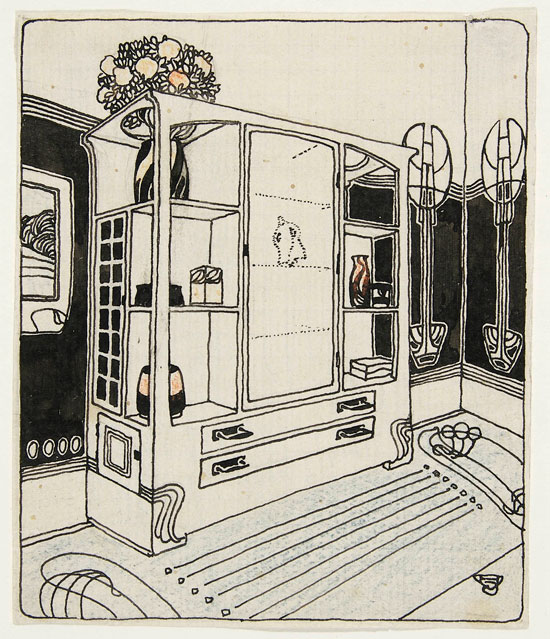 cabinet, 1899 paper, pencil, ink, color pencil © MAK/georg mayer
cabinet, 1899 paper, pencil, ink, color pencil © MAK/georg mayer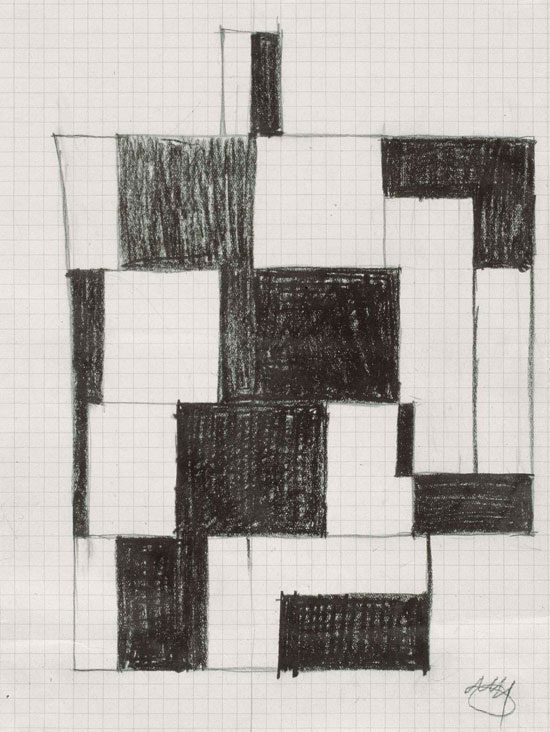 coffee pot, 1925–1928 paper, pencil, color pencil © MAK/georg mayer
coffee pot, 1925–1928 paper, pencil, color pencil © MAK/georg mayer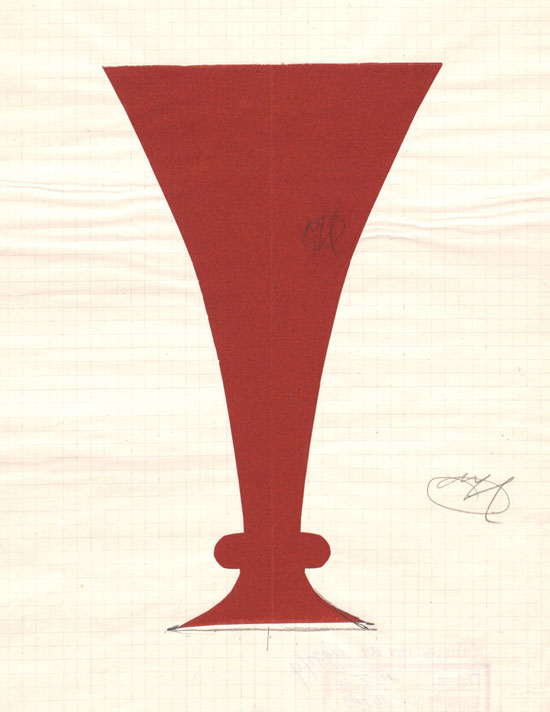 glass-painting stencils, 1928 paper, glazed paper © MAK
glass-painting stencils, 1928 paper, glazed paper © MAK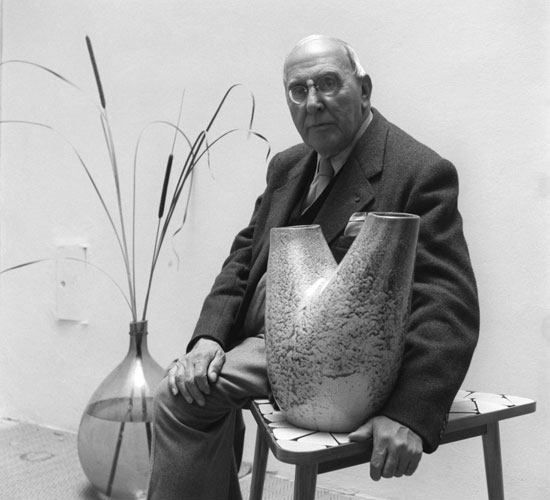 portrait josef hoffmann, around 1950 © MAK
portrait josef hoffmann, around 1950 © MAK


